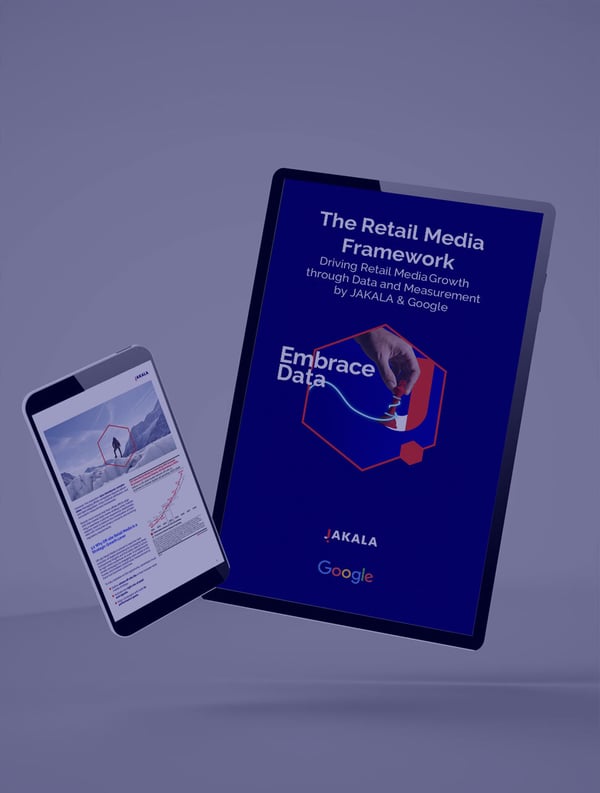In a recent interview with Sole24Ore – Italy’s leading financial newspaper – Amedeo Guffanti, Head of Digital & Media at JAKALA, explores the evolving world of geomarketing. In his discussion with journalist Giampaolo Colletti, Guffanti emphasizes that the latest frontiers in the field are being shaped by the integration of advanced technologies, such as Artificial Intelligence and large-scale big data analysis. These tools, when used in synergy, allow the analysis of territorial data down to the microcell level with unmatched precision. This provides brands with highly detailed insights into consumer behavior in specific geographic areas, enabling them to optimize advertising campaigns and budget allocations with pinpoint accuracy.
So, what exactly is geomarketing? It is a broad discipline that spans various applications, from optimizing a brand’s sales network to enhancing public services in cities. It relies on the integration of digital cartography and databases, using geolocated data to generate valuable insights. The most advanced forms of creativity in geomarketing include the use of second-generation artificial intelligence, enabling the creation and optimization of personalized messages for target audiences in different geographic regions. This allows for the analysis of large volumes of territorial and behavioral data, providing valuable insights that can be used to develop highly relevant marketing campaigns.
The article highlights ITA Airways as a prime example of applying geomarketing strategies to optimize its flight route coverage. For the most popular domestic routes, the airline uses data to identify areas with high demand and limited access to alternative transport options. This allows them to tailor offers and promotions, attracting more passengers and improving the overall effectiveness of their marketing campaigns.
As Guffanti notes in the interview:
This focus on geolocation stems from companies’ need to compete in an increasingly fragmented and digitalized market. Businesses are leveraging the opportunity to reach consumers with targeted messages based on their geographic location. Brands in sectors such as retail are seeing significant benefits: from food service to automotive and even luxury goods, any business with a segmented target audience can take advantage of geomarketing. For instance, retail chains are using it to promote offers based on consumers' actual locations. Restaurants and cafés are also experimenting with these opportunities to push local promotions. At JAKALA, we have implemented the J-Hexagon framework. By leveraging proprietary technology, we can identify areas with the highest market potential, optimizing campaigns and budget allocations with significant impact. This is the essence of geo-intelligence, which involves the use of advanced geographic data and territorial analysis to make well-informed strategic decisions.
At JAKALA, we use unique geo-intelligence tools with proprietary data that allow us to analyze over 400 variables for each census cell.




